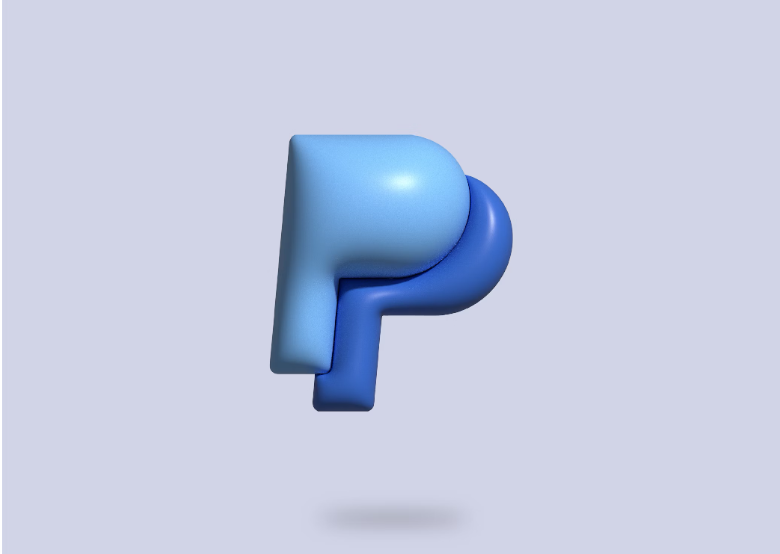PayPal Invoices offer a streamlined and efficient way for businesses and freelancers to bill their clients and receive payments. This powerful tool simplifies the invoicing process, allowing users to create and send detailed invoices directly through the PayPal platform.
With customizable options, users can tailor invoices to match their branding, add specific item details, and include tax and discount information. Beyond merely sending bills, PayPal’s invoicing system provides features for tracking payments, sending reminders, and managing finances in one convenient location.
In this guide, we’ll explore the key functionalities and mechanics of PayPal Invoices, illustrating how they can be leveraged to enhance business transactions and financial management.
Understanding PayPal Invoices
A PayPal Invoice is essentially a billing document generated and dispatched through the PayPal system. This system offers a range of invoice templates, enabling users to begin issuing invoices tailored to their business needs quickly. Upon creation, these invoices are delivered to the recipient’s email, where they have the option to settle the payment using PayPal’s secure platform.
Ideal for those who predominantly receive payments through PayPal, this invoicing solution simplifies transactions and financial tracking. However, for businesses or freelancers who manage payments from various sources, including Stripe and direct bank transfers, PayPal Invoices might present limitations. In such cases, a more comprehensive accounting software that accommodates a broader array of payment methods may be a more practical choice for holistic financial management.
How PayPal Invoices Facilitate Payment
Upon completing a service or delivering a product, the subsequent step is issuing an invoice to facilitate payment. PayPal streamlines this process significantly. Initiating an invoice within PayPal merely requires the customer’s email address followed by specifics such as the item description, quantity, and the total amount due.
Additionally, PayPal enhances invoice customization by enabling the inclusion of attachments, personalized notes, and terms—helpful in setting due dates or conveying crucial details to your client. Once the invoice is ready, a simple click on the ‘Send’ button dispatches it directly to the client’s email, ensuring a seamless delivery. Upon receipt, clients are offered the convenience of settling their dues online, either through their bank accounts or credit cards, via PayPal’s secure payment system.
Advantages of PayPal Invoicing
Utilizing PayPal Invoicing brings numerous benefits that streamline the billing and payment collection process for businesses and freelancers alike. Firstly, creating and dispatching professional-looking invoices is straightforward and efficient, ensuring you can quickly request payments for services rendered. Funds received through invoices are directly deposited into your PayPal account, facilitating quick access to your earnings.
PayPal’s capability to save invoice templates revolutionizes repetitive billing, especially when dealing with regular clients. By storing a template including a client’s billing information, subsequent invoices are auto-filled, significantly reducing administrative efforts. Furthermore, PayPal’s system adeptly handles calculations for taxes and shipping, removing the cumbersome need for manual computations often associated with traditional methods like Excel spreadsheets.
The versatility of payment options offered to your customers is another compelling advantage. They can settle their invoices using a variety of payment methods, including bank accounts, credit cards, or their PayPal balance. In select locales, PayPal Credit is also an option. This flexibility can enhance customer satisfaction and speed up the payment process.
Additionally, PayPal Invoicing is not confined to desktop use; the mobile app functionality allows for on-the-go invoice creation and sending, ensuring you can manage your billing needs anytime, anywhere. Lastly, the level of customization possible with PayPal invoices ensures that every invoice can be tailored to fit the transaction precisely and represent your brand effectively.
Challenges of PayPal Invoicing
Even with the myriad of benefits it provides, using PayPal Invoicing is challenging. One significant drawback is the cost associated with PayPal fees, which can be substantial – a factor that businesses and freelancers need to consider when choosing this platform for invoicing and payments. However, it’s worth noting that these fees do not apply if the payment is received through another channel, offering some flexibility in managing transaction costs.
Another potential difficulty arises for recipients unfamiliar with PayPal. Those who do not regularly use the platform may find receiving and processing an invoice via PayPal to be confusing or cumbersome. This can lead to delays in payment or the need for additional support to guide them through the payment process, adding an extra layer of complexity in managing client transactions.
Conclusion
In conclusion, PayPal Invoicing stands out as a robust solution for businesses and freelancers seeking a streamlined, efficient method of creating, sending, and managing invoices. With its array of customizable features, ease of use, and convenience for both the sender and recipient, this tool can significantly enhance the invoicing and payment collection process.
However, potential users must weigh the benefits against the costs associated with PayPal fees and consider the possible challenges for recipients needing to become more familiar with the platform. Ultimately, PayPal Invoicing is a powerful asset for financial management, provided it aligns with the specific needs and practices of your business operations.

